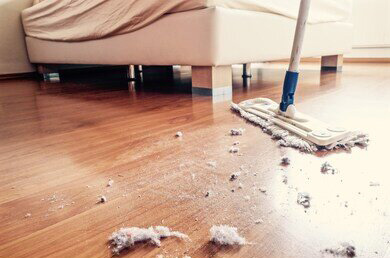How Dust Mites Trigger Asthma and Allergies
How dust mites trigger asthma and allergy, a common problem that triggers asthma is the dust mite. We can find it everywhere at home and mostly in mattresses, furniture, carpets and bathrooms. Dust mites are small organisms, similar to spiders but invisible to the human eye. They feed on dead skin cells, insect scales and more.How dust mites trigger asthma and allergy also, it is more likely to find dust mites in more humid places since they need both food and moist to survive. Dust mites can trigger asthma. Here we’ll talk about how they have an effect on our health and we’ll give you some tips on how to prevent your home from dust mites as much as possible.
Dust Mite Allergy
Dust mite and especially their
droppings, is extremely small and they can easily enter your airways while you
breathe. Each time you take a breath, you inhale them, which can result in
allergic reactions or asthma if you are more sensitive. Starting with the
typical symptoms, such as coughing and difficulty in breathing, dust mites can
have a bad effect on your health.
Due
to the fact they can cause allergic reactions, dust mites are also called ‘dust
mite allergens’. Other symptoms can be nose inflammation and
allergic rhinitis, which can either block your nose or make it run. House Dust Mite Allergy
The biggest risk of inhaling dust mites comes when disturbing dust, which happens when we move within the house. In this way we also spread them in different parts of the house and thus increase the possibility to inhale them and get an allergic reaction.There are two types of dust mite allergy – a mild and a severe one. While the mild allergy can cause runny nose and sneezing, the severe case can result in chronic coughing, asthma attacks and congestion.
House dust mites as an asthma trigger
It’s normal for most people with asthma to be sensitive to dust mites but it’s not necessary. Therefore, it’s a good idea to have a skin or blood test, both of which can show if you are allergic to dust mites. In case your asthma is less triggered when you stay at places different from your home, this indicated you might be allergic to dust mites in your house.
How to get rid of Dust
Mites
Less
exposure to dust mites can’t really help controlling your asthma but it can
relieve the symptoms. There are chemical products that can be used to kill dust
mites but they are not considered the best way to cope with the situation. A
better approach is to avoid the build-up of dust mites in your house,
considering the places which have the highest concentration of
allergens, such as bathrooms, beds, furniture and also warm and humid places. Conclusion
It’s important to have good ventilation in your home and avoid moist air. Also, it’s good to choose carpets and furniture that can be cleaned easily and to regularly clean your place with a mop and electrostatic duster that will effectively remove dust mites. Another good idea is to clean your mattresses every month or two, to vacuum and wash your carpets regularly and to expose your pillows to sunlight for a couple of hours a week. You can also use barrier covers on your mattresses. Don’t keep plush toys in your child’s bed since they collect a lot of dust mites, which can be easily inhaled.
Click here for more interesting articles.






